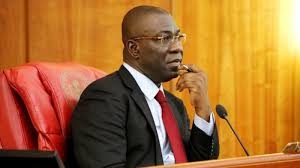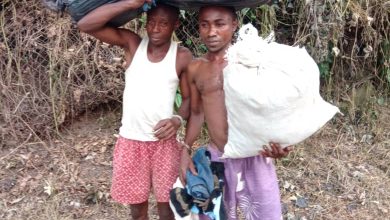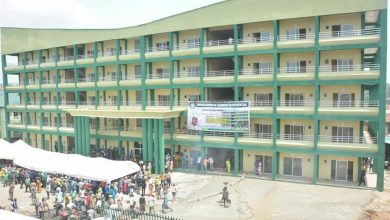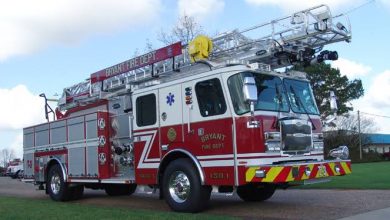RAMADAN: SARAKI URGES MUSLIMS UMMAH TO PRAY FOR PEACE, UNITY
He noted that Ramadan is a unique and special period for Muslims around the world to renew their faith in the Almighty Allah, deepen their worship and practicalize the injunctions of the Holy Quran in their daily lives.
“May Almighty Allah be praised for another unique opportunity to fast and pray in obedience to the dictates of the Holy Quran, which is to fulfill one of the five pillars of Islam, through family and congregational prayers, sharing of Iftar meals and being generous to the less fortunate around us.
“Apart from being a time to assist the weak, vulnerable and less fortunate among us, let us utilize this period to pray for continuous peace and unity in the country because with Allah’s help all our individual and national challenges are surmountable,” he said.
He urged all Muslims to strictly observe the injunctions of the Holy Quran as they pertain to their conduct and personal disposition during the holy month in order to benefit maximally from the fasting exercise.






